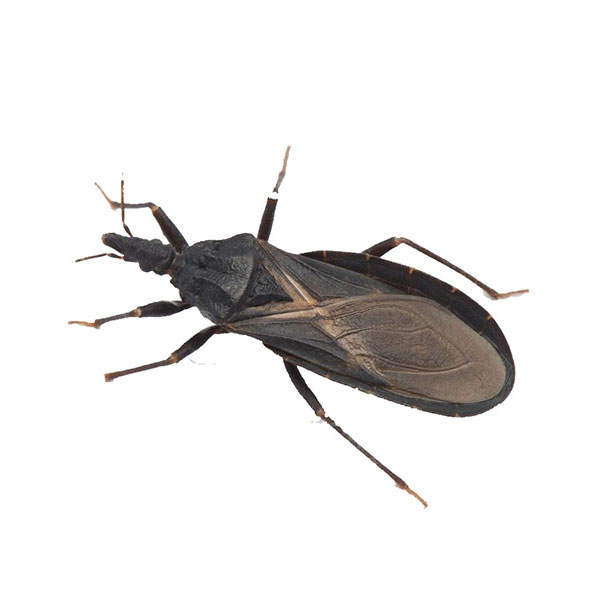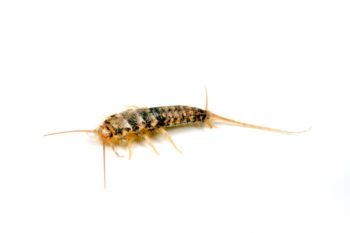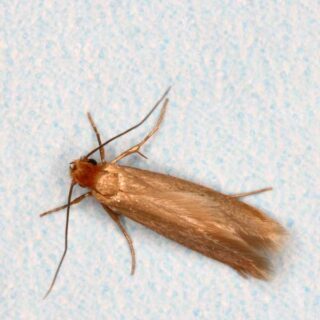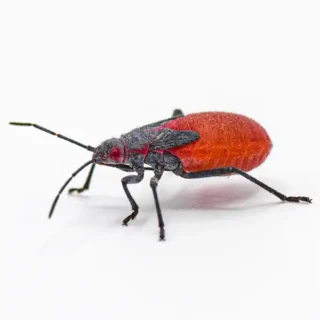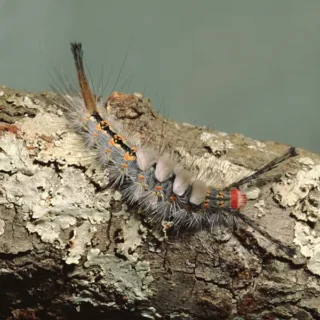Identifying Kissing Bugs In Florida
Kissing bugs – one of the many common insects found in Florida – can be identified as dark brown or black with orange or red markings along the sides of their body. They have an elongated shape and range from 0.75 to 1 inch in length. Their distinctive markings and preference for hiding in shaded outdoor areas—like woodpiles or under porches help set them apart from other bugs.
Primarily nocturnal, kissing bugs are blood-sucking parasites that feed on a variety of invertebrates including humans, as well as both wild and domestic animals.
These insects behave like bed bugs in that they live and deposit their eggs in cracks and crevices in and around man-made structures, then emerge at night to feed upon their sleeping hosts.
Occasionally, these bugs will bite their hosts on the face, near the eyes and lips; hence they are referred to as “kissing bugs.”
Where in Florida Do Kissing Bugs Live?
Kissing bug locations are typically rural areas – outdoor areas such as woodpiles, under porches, in cracks of walls, and in animal burrows. Kissing bugs will inhabit the nests of rodents and other wildlife, and will also fly into barns and homes, feeding on livestock, pets, and people.
In rural areas, the presence of domesticated mammals and poultry is generally attractive to rodents, which in turn, contributes to the presence of kissing bugs in close proximity to man-made structures.
While kissing bugs primarily live outdoors, they can occasionally find their way inside homes, especially during the warmer months. These bugs are able to enter homes through open windows or tears on screens. In homes, kissing bugs will hide in cracks and holes in beds, floors, walls, and furniture. They are most likely to be found near areas where a pet, such as a dog or a cat, spends time.
How Common Are Kissing Bugs in Florida?
Kissing bugs are growing increasingly common in Florida – with studies reporting that the Chagas disease carrying vectors have been reported in at least 22 Florida counties.
While they are not as widespread as other pests, their ability to transmit Chagas disease has raised concerns. Reports of kissing bugs do occur, so it’s important for homeowners to stay informed and take preventive measures, especially in areas where these bugs have been spotted. Routine checks and pest control can help reduce their risk.
Are Kissing Bugs Dangerous?
Yes, kissing bugs can be dangerous because they can transmit Chagas disease, a tropical illness caused by the parasite Trypanosoma cruzi.
Chagas disease can be a potentially fatal illness. According to the Centers for Disease Control and Prevention (CDC), nearly 300,000 people in the United States are infected with the parasite.
If you suspect that you or a family member might be allergic to kissing bug bites, see a physician or allergist for treatment options. If you are dealing with a kissing bug issue on your property, contact your local insect control experts.
Need help with Kissing Bug control?
Need Pest Control Service?
Leave your information below and we’ll be in touch with a FREE quote!
"*" indicates required fields
*During normal business hours. After hours calls will be returned the next business day.
FAQs
What’s The Difference Between A Stink Bug And A Kissing Bug?
Stink bugs are plant feeders that release a foul odor when threatened. Kissing bugs, on the other hand, feed on blood and can transmit Chagas disease. While they may look similar, kissing bugs pose a greater health risk.
Do Kissing Bugs Fly?
Yes, kissing bugs can fly. They have wings and are capable of flying short distances, typically at night when they are most active. While they are more commonly found crawling on surfaces or hiding in dark places, their ability to fly allows them to navigate between host animals and potential breeding sites.
What Do You Do If You Get Bit by a Kissing Bug?
If you’re bitten by a kissing bug, immediately wash the bite area with soap and water to prevent infection. Apply antiseptic or hydrocortisone cream to reduce swelling and discomfort. Keep an eye out for signs of an allergic reaction, such as redness, itching, or difficulty breathing. Since kissing bugs can transmit Trypanosoma cruzi, the parasite that causes Chagas disease, monitor for symptoms like fever, fatigue, or swelling near the bite. Contact a healthcare professional if any unusual symptoms develop or if you’re concerned.
How Fatal Is Chagas Disease?
Chagas disease can become serious if left untreated, potentially causing heart and digestive complications. In its chronic phase, the disease may lead to life-threatening issues like heart failure, arrhythmias, or an enlarged esophagus or colon. While fatalities are uncommon – with 12000 deaths reported out of the 6-7 million people infected – the long-term health effects can be severe, especially if the disease goes undiagnosed for years. Early detection, symptomatic treatment and antiparasitic medication can prevent complications and improve outcomes, making it crucial to seek medical advice if infection is suspected.

